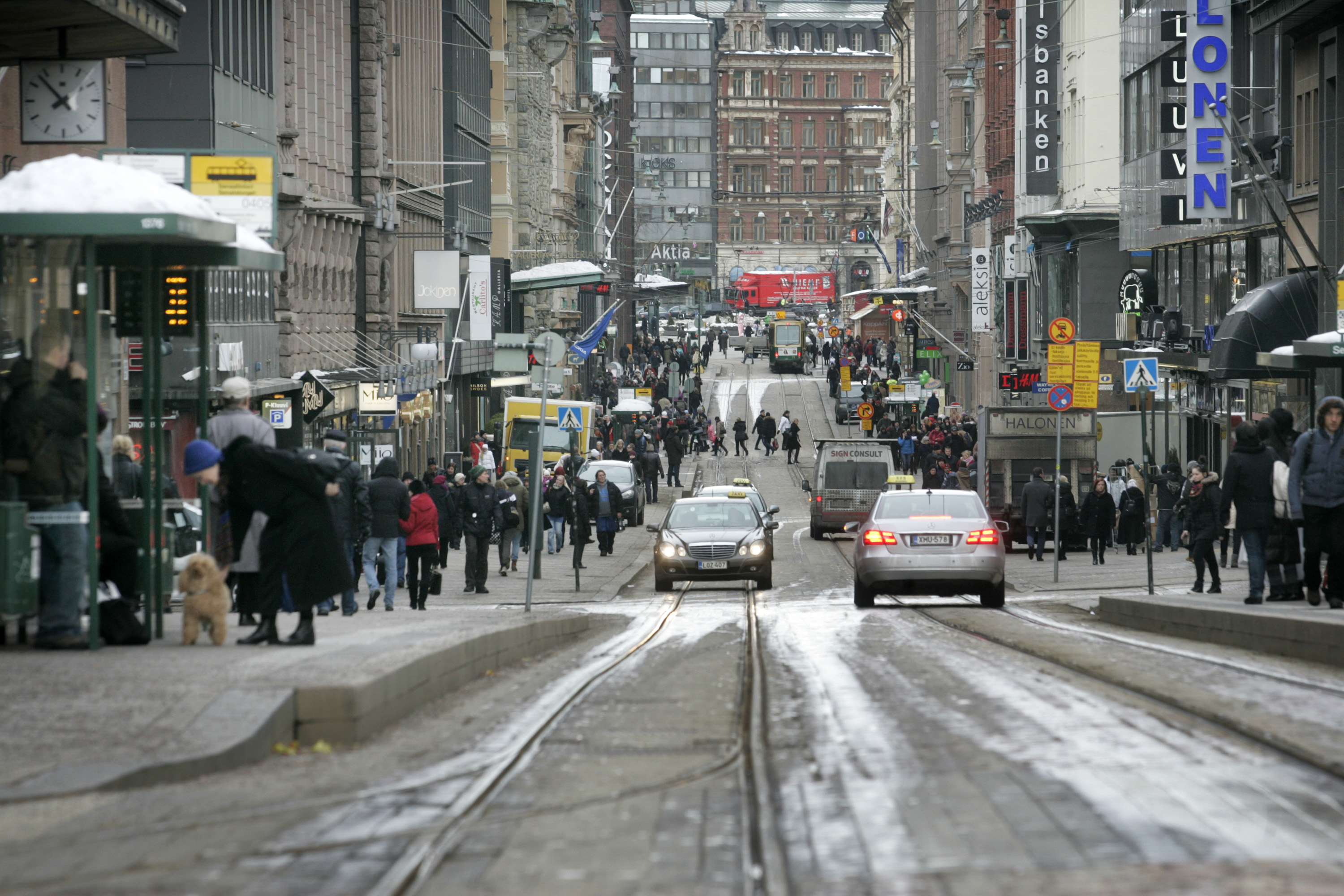Unemployment may be hovering below 3%, but the oil crisis that has hammered Scandinavia’s richest nation could be leaving a permanent mark. More than a fifth of its working age population relied on unemployment or sick-leave benefits throughout 2016, according to a study by the Norwegian Labor and Welfare Administration, or NAV.
With welfare payments up 3% in 2016, the growing dependence will likely make it harder for Norway to wean itself off oil and gas production. While the discovery of petroleum 50 years ago has turned the country into a modern-day Croesus and has helped make the world’s most generous welfare system possible, declining resources and a shift to greener energy means that the country will need to find other legs to stand on to keep up its standard of living, Bloomberg reported.
“To uphold the Norwegian welfare system we need more people at work and not on passive benefits,” said Sigrun Vageng, the head of NAV, in an email.
The economic distress is to a large extent found in the usual areas: rural communities hit hard by the closing of mines and other key businesses. In the Arctic municipality of Ballangen, unemployment first took hold in the 1960s as a sulphur and copper mine shuttered. Now almost 40% of its dwindling population receives monthly benefits from the state, the country’s highest proportion.
Ballangen is now working hard to attract businesses, including a potential data storage site, according to Hanssen. Another change that should help it lose top spot in the welfare-dependency list is that in 2020 it will cease to exist after a merger with some of its neighboring municipalities.
Similar scenes are being played out around the world in places such as the US state of West Virginia and northern France. And like in the US and France, growing distress in communities such as Ballangen is also having a political impact.
But dependency on state handouts now runs deeper. It also spread to the nation’s richest regions after the plunge in oil prices caused an estimated 50,000 job cuts in the petroleum industry, which before the crisis accounted for more than 20% of economic output.
Welfare payments in Rogaland, the regional center of the oil industry and home to Statoil ASA, rose a whopping 13% last year.
Some 19% received benefits on average each month in Rogaland. In Oslo, it was 15%, while the lowest proportion was in Baerum, a wealthy suburb of the capital, where 12% collected benefits.


